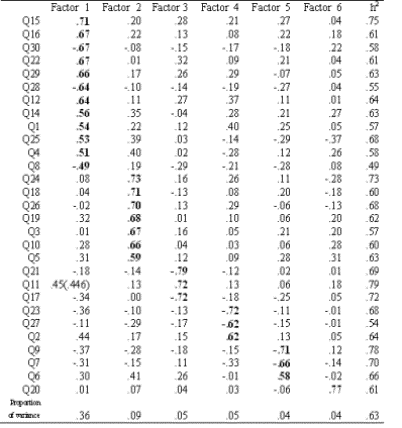|


Abstract
The present study investigates the construct of Japanese high school students' (N = 262) L2 reading motivation by replicating Mori's (2002) study on Japanese university students' L2 reading motivation. The data for this study were obtained from the questionnaire Mori developed, which was mainly based on Wigfield and Guthrie's (1995; 1997) theory of L1 reading motivation. The results of a principle component analysis suggest that that foreign language reading motivation is multidimensional, and that it resembles the general motivation constructs proposed by expectancy-value theory. In those respects, the present study obtained the same results as Mori's.
Keywords:
L2 reading motivation, Japanese high school students, Expectancy-value theory, principle component analysis
|


